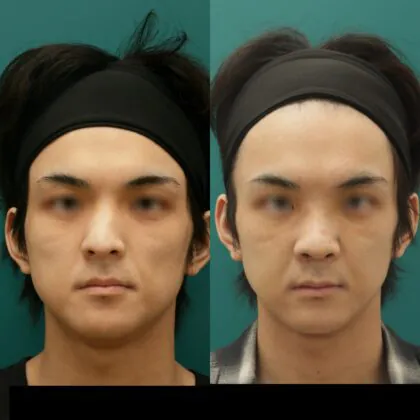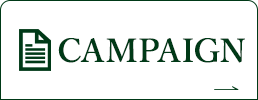Straightening a crooked nose – Deviated septum correction
This is Dr. Nakao from Nakao Plastic Surgery.
Our clinic performs many nose surgeries.
We have patients from not only Japan but also from all over the world.
One of major concerns of people with high noses, such as those from Europe, the United States and the Middle East, is a deviated nose.

The outcome of the surgery is the above. The nose, which was severely bent to the left, has been straightened.
When performing surgery on a deviated nose, it is important to think of the nose structure as a roof and pillars.
The pillars are the cartilage and bone that make up the nasal septum.
The roof is the nasal bone and the lateral nasal cartilage that extends from it.
The pillars are straightened by removing the curved portion and suturing the cartilage taken from another area and applied like a splint.
Cartilage can be easily removed, but the bone portion is removed using special instruments under endoscopic guidance.
The roof is straightened by performing osteotomy on the nasal bone using a chisel. Since the nasal bone is thinner than the bones of the arms or legs, careful treatment is required.
These methods are called "septorhinoplasty" and in recent years, they have gradually become recognized among plastic surgeons and otolaryngologists.
Since my university days, the team have been performing septorhinoplasty on a scale comparable to that of the otolaryngology and plastic surgery departments at Jikei University Hospital, the leading institute in this treatment method.
As opinion leaders in this field, we have given many lectures at the Japan Society of Aesthetic Plastic Surgery, the Japan Society of Plastic and Reconstructive Surgery and the Japan Rhinologic Society.
Last year, we also contributed an article on deviated noses in a special issue on the nose in the Japanese Journal Plastic Surgery.
To improve the functional and aesthetic aspects of the nose, knowledge and techniques from both plastic surgery and otolaryngology are necessary.
We focus on treating the nasal septum and nasal bone as a unified unit.
In Japan, nasal bone osteotomy has traditionally focused on medial and lateral osteotomy, but we have adopted the latest nasal surgery technique known as “preservation rhinoplasty,” which gained widespread popularity in Europe and the United States around 2018, that aim to preserve the nasal function.
Septum reconstruction is performed in conjunction with nasal bone surgery. In cases of severe deviation, we apply a reconstruction method that minimizes distortion by rotating and advancing the septum, ensuring a natural and effective outcome.
At Nakao Plastic Surgery, we perform these procedures under general anesthesia on a day surgery basis, effectively combining both approaches.












